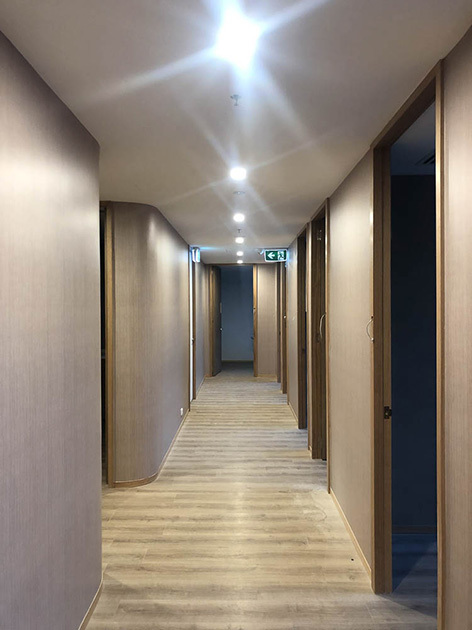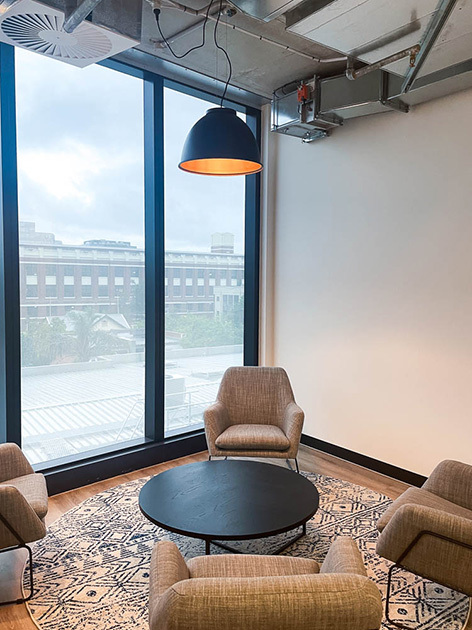
5 Ways You Can Use Design To Reduce Energy Costs
3 May 2022
Most offices are in use over 40 hours per week. Anything left on outside of these hours is wasting energy, and stinging the bill payers’ wallet unnecessarily. We’ll outline a few things you can consider when designing an all-new office fit-out, or renovation.
Position of Switching
This is probably not an obvious one, but it is the most simple. Often, lights will be left on overnight accidentally when the last person to leave the office forgets to turn them off. They might not see it, or it might be the room in the far back of the office and therefore too difficult to go back and switch it off in the dark. A master switch or a switch panel right near the exit is the most effective way to combat this. Not only is it convenient, but if you have all the lights connected to this switch, you can be rest assured that every light (even the ones unseen from a distance) are all switched off.

Automation
We’ve chatted about this a lot in a previous blog (LINK), and it’s still solid advice; setting up your office lights to be automated will remove that ‘human error’ element, and will set things up to your preferences, even when you’re not there. Take for example the Clipsal Wiser Smart system. You can set this up on your phone and have separate rooms all set up exactly as you’d like them.
Sensors
Movement detectors and light level sensors are also solid options to consider. These sensors can be positioned throughout the facility to identify when it’s full, or empty, and will activate or deactivate lighting accordingly. You could also tie it to an Access Control System, so when the last person ‘clocks off’, the building is set to an empty state.
LED Lighting
Older offices may have outdated incandescent and fluorescent globes and light fittings, which require more power to light them than modern solutions. LED lights use a considerably small amount of power to function, and are longer lasting. They come in a range of fittings; from globes to pendants and strips. They are also very cost effective and it’s usually easy to access stock. Getting old lighting replaced, or considering new lighting technology in the design is definitely a good idea to save on your power bill.

Position of Lighting
Consider where the light is falling in the space. Does a desk next to a large window need the same amount of artificial light compared to a desk closer to the middle of the room? Making the most of ambient lighting is always the best option. Not only is lighting design important to the wellbeing of employees working in the space (see our blog LINK), but having light only where you need it will save you money on unnecessary installation and ongoing energy costs.

Our team are available to consult with you during the planning process to get the best outcome for future tenants, especially when it comes to balancing great design and energy efficiency. Reach out to us at admin@alykan.com.au.